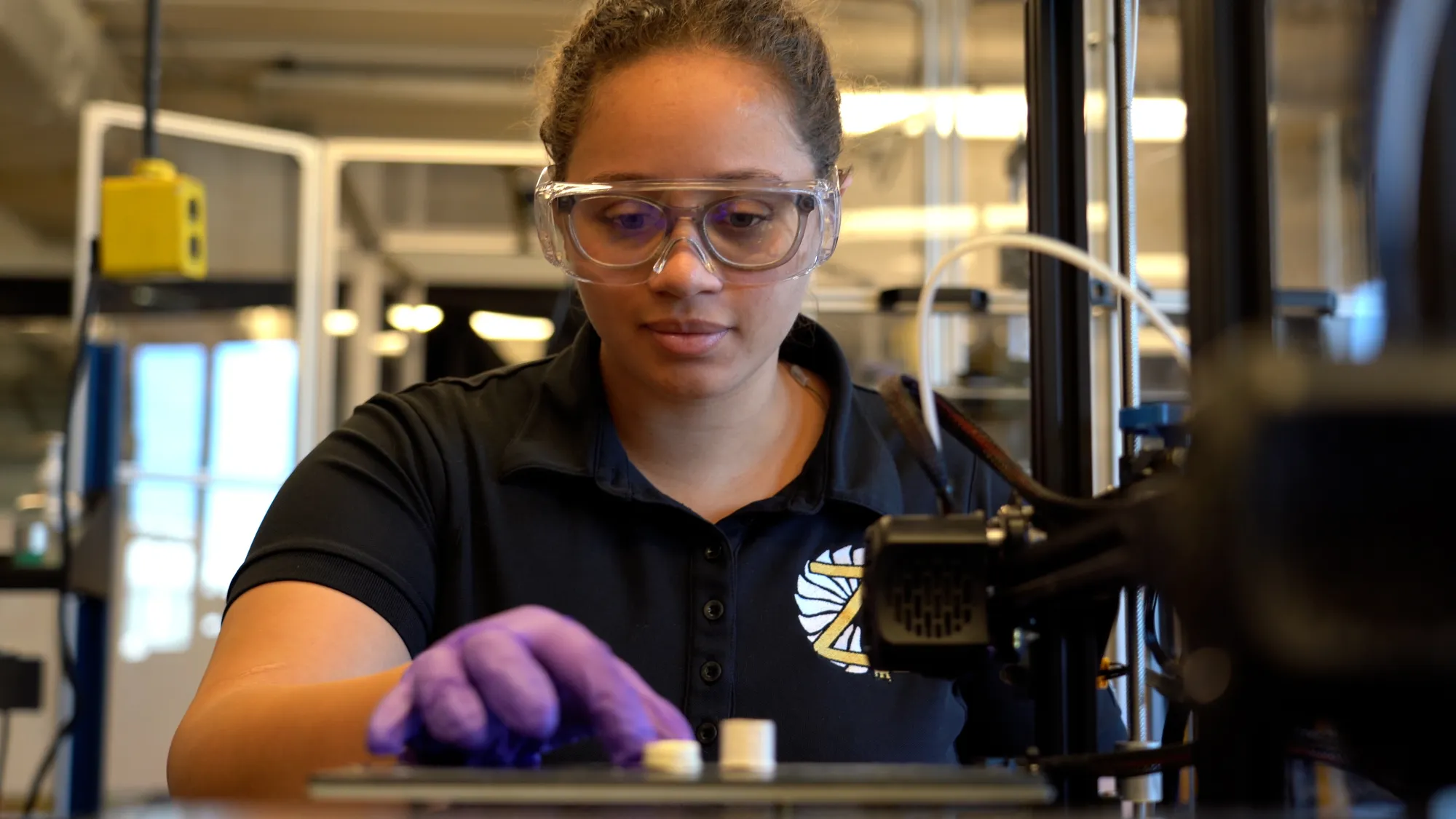Is There Any Connection Between Seatbelt and Airbag?
The answer to the question “Is there any connection between a seatbelt and occupant-protection airbags?” is yes, but there is a slight contradiction. The seatbelt keeps you from hitting the airbag when thrown out of a car. Also, Airbags deploy more slowly if the front seat occupants are not wearing seatbelts.
A seatbelt prevents you from hitting the airbag.
A seatbelt is a critical part of the safety system of any car. Inertia is a fundamental property of matter – a body in motion will tend to remain in motion until it is stopped, so the role of a seatbelt is to keep you from hitting the airbag. Inertia can be thought of as the resistance of an object to change its velocity, and it’s also why you see your coffee fly out of your cup holder when you brake hard.
Airbags deploy more slowly if sensors detect that front seat occupants are not wearing seatbelts.
Airbags are often deployed too quickly in low-speed crashes, resulting in significant injury. Federal regulations have made airbags more effective in preventing injuries by minimizing the force of their deployment. Advanced airbag technology also helps these systems sense the weight of seated occupants and deploy at a slower rate, which reduces the risk of injury. Airbags should be deployed with less force as long as occupants wear their seat belts.
Airbags can harm children.
Airbags can inflate and strike children in the neck and head in car crashes, causing severe injuries or death. In recent years, airbags have killed more than a hundred children. Some of these deaths have been traced to low-speed crashes. Children seated in rear-facing car seats in the front seat are especially at risk. These seats are too close to the dashboard to provide adequate protection from the airbag’s impact. While airbags are an essential safety feature, they do not offer sufficient protection for small, lightweight children. They also can send out sharp and painful shockwaves at up to 200 km/h, which could severely injure or even kill a child.
Seatbelts reduce occupant contact with vehicle interior structures.
The primary function of seatbelts is to reduce occupant contact with vehicle interior structures. In frontal collisions, the impact of a seatbelt is directed towards the lower extremities, reducing the energy that it would otherwise apply to the occupant’s head, chest, and femur. This impact would otherwise cause the occupant to suffer catastrophic and sometimes fatal injuries. Moreover, seatbelts prevent occupants from ejecting themselves out of the vehicle through the windows. Seatbelts scatter the kinetic energy of the occupant, dissipating it across the skeleton. However, seatbelts cannot prevent the occupant from contacting the steering wheel or the windscreen, which are significant sources of injury.
Airbags function best when an occupant’s head hits them.
When a crash occurs, the airbags in your car should inflate almost immediately, thereby providing a cushion for the occupant’s head. However, the airbags function best when an occupant’s head hits them before the steering wheel, or dashboard hits them. Fortunately, airbags can help to prevent fatalities. In the case of a crash, airbags are designed to work in just milliseconds, so the occupant’s head needs to hit them before the vehicle hits the pavement.
Airbags prevent ejection.
Seat belts are a critical part of preventing ejection from a car, and proper use of a seat belt significantly reduces the risk of a passenger being ejected in a crash. However, when a seat belt fails to deploy correctly, the passenger can be thrown into a rapidly opening airbag, potentially suffering severe injuries. Therefore, in addition to seat belt usage, proper positioning is essential; seat belts should be worn over the shoulder, not behind the back.
Airbags reduce spinal cord injuries.
Researchers have found that airbags can reduce the risk of spinal cord injury in cars. The study was presented at the annual meeting of the American Association of Orthopaedic Surgeons in Orlando, Florida. This study was based on data collected from 7,200 accident victims with spinal cord injuries between 1990 and 1997. It divided the victims into four groups, including those who had used airbags alone, those who used both airbags and seat belts, and those who did not use any protective devices. To ensure your safety, it would be best to let your car get checked by a mechanic. You can also visit safetyrestore.com for more details.



